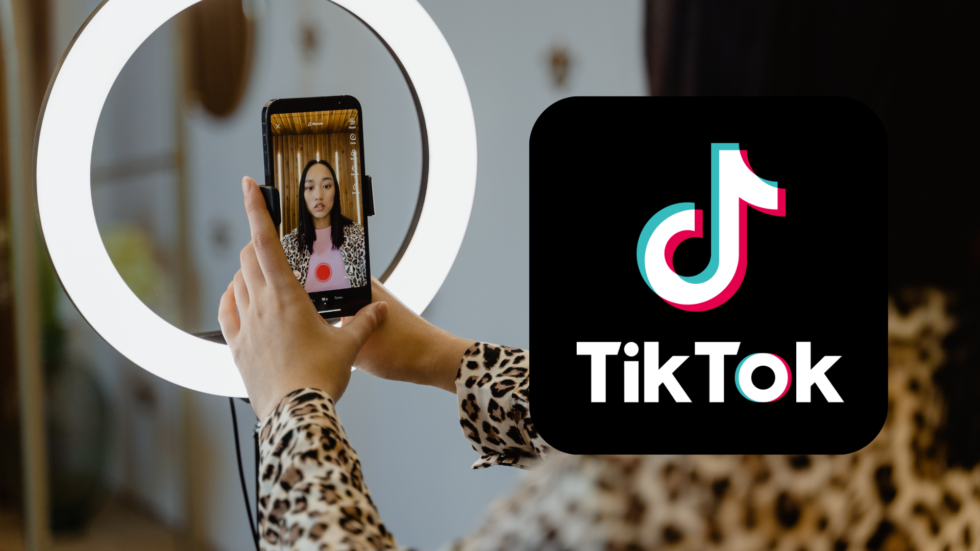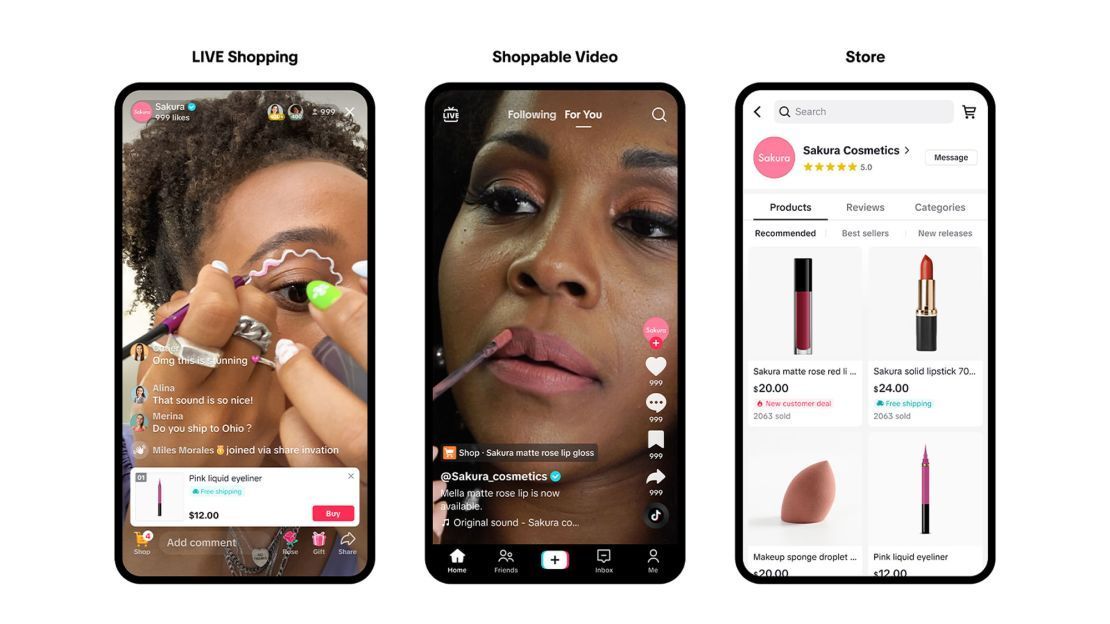The TikTok Era is Coming to an End: What this means for Digital Marketing

TikTok is still in the process of becoming officially banned in the U.S., raising big questions for the digital marketing world. The decision is being made over concerns about data security, privacy, and the platform’s connections to the Chinese government. Since TikTok has been a major hub for brands, influencers, and creative trends, this ban is forcing marketers to rethink their strategies and adapt quickly.
Why was TikTok so important as a marketing tactic?
TikTok completely changed the game for digital marketing. TikTok says it has 170 million users in the US that spent an average of 51 minutes per day on the app in 2024. It made short, engaging videos the new standard, forcing marketers to rethink how they connect with audiences. Its trend-driven culture has let brands jump in on challenges, making campaigns feel more fun and authentic. Influencers on TikTok blew up fast, giving brands, like Duolingo, an easy way to reach niche audiences. Plus, the algorithm gives smaller brands a real shot at going viral without spending a fortune. With its huge Gen Z and Millennial audience, it became a go-to for brands trying to connect with younger consumers.

How does the ban affect brands and digital marketing?
Without TikTok, marketers lose access to one of the most dynamic platforms for brand engagement. TikTok is a hotspot for viral trends, making it easier for marketers to stay culturally relevant. Without it, spotting and jumping on those moments will likely be more challenging.
With TikTok getting banned, influencers and creators will lose a major way to earn money directly from their audience. TikTok Live allows creators to earn real-time income by receiving virtual gifts from viewers, which could be converted into real cash. This unique gift-giving system, exclusive to TikTok, helps influencers engage with their followers and generate income in ways that platforms like Instagram or Facebook don’t offer. Without TikTok, creators will have to find other, less efficient ways to make money during live broadcasts since other platforms don’t have the same gifting options.
In addition, one of TikTok’s biggest selling points for many small businesses and influencers has been TikTok Shop, the platform’s integrated e-commerce feature. It allows users to sell products directly through the app, making it a go-to marketplace for both individuals and brands. 7 million U.S. small businesses use TikTok shop to sell their products. With TikTok no longer available in the U.S., sellers will lose this direct access to their audience and may find it much harder to recreate that level of seamless sales on platforms like Instagram or Facebook, which may not have the same reach or consumer-driven buying experience.

So what should businesses do?
With the right strategies, businesses can adapt and continue to thrive in the digital landscape.
If TikTok does get officially banned, one of the first steps is to shift focus to alternate platforms. Many brands that heavily invest in TikTok ads will need to shift their focus to other platforms. Influencers who built their audience on TikTok will also have to pivot, along with brands they partnered with—although replicating TikTok’s reach and engagement on other platforms won’t be easy.
To keep their content style alive, brands can adapt their TikTok videos for Instagram Reels or YouTube Shorts, but they may not achieve the same organic reach as before. With more brands flocking to alternative platforms, competition for attention and ad space will increase. By repurposing existing TikTok content for these platforms, businesses can maintain engagement while minimizing disruptions to their content strategy. Diversifying their social media presence is also crucial—relying on a single platform is risky, and expanding to other channels like Facebook, LinkedIn, or Pinterest can help brands reach a broader audience.
Additionally, businesses should prioritize strengthening their direct marketing efforts. Building email lists, optimizing websites, and utilizing SMS marketing ensures a stable connection with their audience, even if specific social platforms change. Collaborating with influencers who have a strong presence on multiple platforms can also help businesses reach new audiences.
While the TikTok ban creates immediate hurdles, it’s an opportunity for brands to experiment with new formats, explore emerging platforms, and invest in community building. A resilient approach will ensure long-term success, even in the absence of TikTok.


